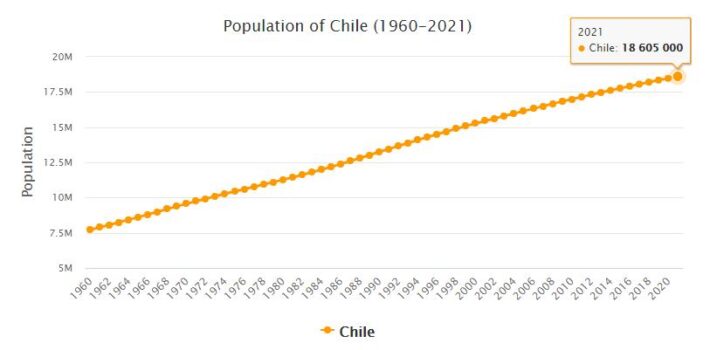Yearbook 2012
Chile. In the municipal elections held on October 28, the ruling center-right alliance suffered major defeats to the opposition center-left alliance Concertación. The opposition increased the number of municipalities under its rule by 21 to 168, while the candidates for the government parties lost in 23 mayoral elections and won in 121 municipalities. Among the cities where they lost power were, for example. the capital Santiago, a nationally important political mayor post won by Carolina Tohá, and Chile’s second city of Concepción. Another female candidate, Maya Fernández Allende, grandson of the 1973 toppled President Salvador Allende, won in the Santiago suburb of ñuñoa. Municipal elections were always seen as an indicator of the tendency for the next presidential election, which will be held in December 2013. In total, the opposition also won close to 50% of the total number of municipal council seats around the country, while the government coalition only won 33%. However, turnout was only around 45%.
The defeat of the government coalition in the municipal elections and the negative opinion polls directly led to the resignation of Infrastructure Minister Laurence Golborne and Defense Minister Andrés Allamand to prepare for the 2013 election campaign. However, President Sebastián Piñera enjoyed good popularity figures. On average, 36% of voters during the year thought he did a good job, mainly due to high economic growth (6% in 2011 and forecasts of 4-5% in 2012), low unemployment (6%) and low inflation (2, 7%).
- AbbreviationFinder.org: Provides most commonly used acronyms and abbreviations for Chile. Also includes location map, major cities, and country overview.
1973-90 Military dictatorship
The Chilean military dictatorship was just one of the many that ravaged Latin America throughout the 70’s. Its ideological basis was the National Security Doctrine developed by the United States, which aimed to crush all the left-wing parties and popular organizations. In Chile, the dictatorship was supported by the bourgeoisie, the intermediate layers and the transnational corporations, who, moreover, recovered the properties that had been nationalized under Allende. The economic policy of the dictatorship was shaped by Milton Friedman and his Chicago boys in the United States. It managed to bring inflation down to 10%, but at the same time all barriers to imports were removed, working class wages were drastically lowered and social disparities increased.
The dictatorship was supported by the United States, but was isolated in much of the rest of the world. The Chilean left wing tried in vain to organize opposition to the dictatorship. It continued to be deeply divided, the repression was enormous and many had gone into exile, from which it was difficult to organize any resistance. In 1977, he succeeded in concluding an agreement with the PDC, which was eventually also affected by the repression, but it simply resulted in Pinochet also banning the PDC.
In 1981, during a financial recovery, a new constitution was adopted with 60% of the votes cast, but barely two years later the country was in deep economic crisis. Unemployment reached 30% and real wages fell by 22% compared to 1981. 55% of families lived below the poverty line. In November 1983, demonstrations and protests were conducted under the leadership of 2 professional organizations.
In 1984, the church initiated a political dialogue. The opposition to the dictatorship was represented by Alianza Democrática (Democratic Alliance), which consisted of a number of center-right parties led by the PDC. But negotiations with Interior Minister Sergio Onofre Jarpa broke down and the break with the church became evident in September. The Archdiocese of Santiago created the Vicaría de la Solidaridad which, in the following years, actively promoted itself in the defense of human rights and thus stood in opposition to the dictatorship.
The left wing gathered in the Movimiento Democrático Popular (MDP, the Popular Democratic Movement) and used all means in the fight against the dictatorship. Despite attempts to rally the opposition in 1985, the dispute over armed struggle made it impossible for the MDP and PDC to join. Part of the left wing with considerable communist influence formed Frente Patriótico Manuel Rodríguez (FPMR, the Patriotic Front Manuel Rodríguez), who carried out a wide range of armed actions. The most spectacular occurred on September 7, 1986, when a group of partisans attacked General Pinochet, but the attempt failed.
Under US President Jimmy Carter (1978-82), the isolation of the dictatorship became almost complete, but this changed when Ronald Reagan came to power in the United States and Margaret Thatcher in England. In 1985, Chile authorized the United States to allow spacecraft to land in the waters around Easter Island. At the beginning of 86, the United States had a sharp condemnation of Chile in the UN Commission on Human Rights.
Population 2012
According to countryaah, the population of Chile in 2012 was 17,969,242, ranking number 62 in the world. The population growth rate was 1.040% yearly, and the population density was 24.1676 people per km2.
